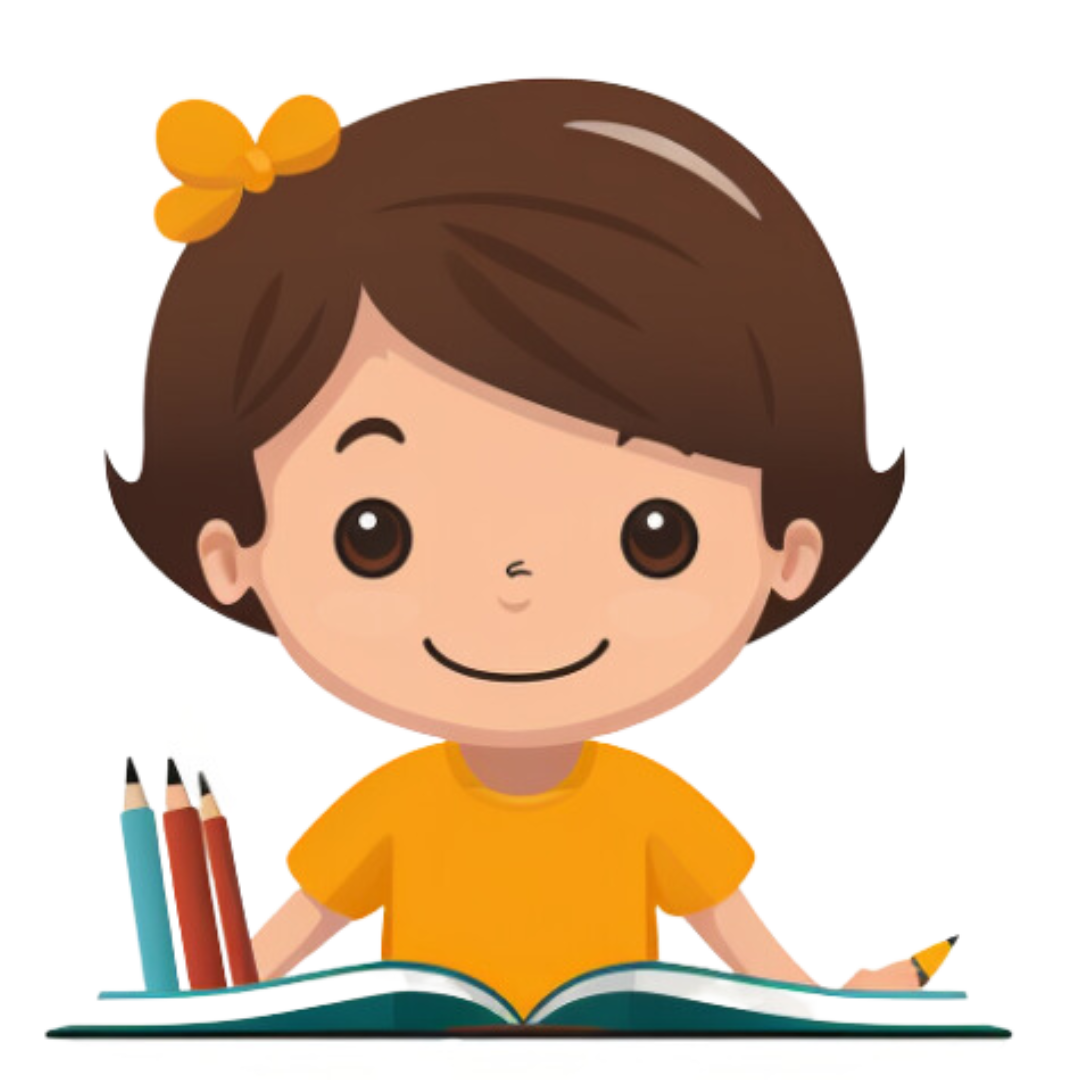Story Worksheet
Best Friends In The Countryside
Rating: 0
Story: Best Friends In The Countryside (EASY)
In a small town, there was a boy named Tom.
He lived in a big red house.
He had a dog named Spot.
Spot was his best friend.
They played in the fields every day.
They ran and laughed under the blue sky.
They loved to watch the birds fly.
They were happy.
They were best friends.
Questions and Answers (6)
- Q: Who is the boy in the story?
- A: Tom
- Q: What is the name of the dog?
- A: Spot
- Q: Where did Tom and Spot play every day?
- A: In the fields
- Q: What color was Tom's house?
- A: Red
- Q: What did they love to watch?
- A: Birds
- Q: Were Tom and Spot happy?
- A: Yes
Facts
Why is this worksheet educational?
The story "Best Friends in the Countryside" is educational and enjoyable for children for several reasons.
Firstly, it uses simple language and short sentences, making it accessible for children who are just beginning to read.
The words are not complicated or technical, which allows children to easily understand the story.
Secondly, the story introduces children to the concept of friendship.
It shows that friendship can exist between a human and a pet, and that such a relationship can bring happiness.
This can help children understand the value of friendship and the joy it can bring.
Thirdly, the story is set in the countryside, introducing children to this setting.
They learn about elements of the countryside such as fields and birds.
This can stimulate their imagination and curiosity about the world around them.
Fourthly, the story includes positive messaging.
It shows that friendship and play can bring happiness, encouraging children to form friendships and engage in play.
Finally, the story includes questions that test children's comprehension.
This can help improve their reading comprehension skills, which are crucial for their academic development.
The questions are easy, suitable for first and second graders, and can be answered with one word, making them accessible for children at this reading level.
 ReadWriteHub.com
ReadWriteHub.com